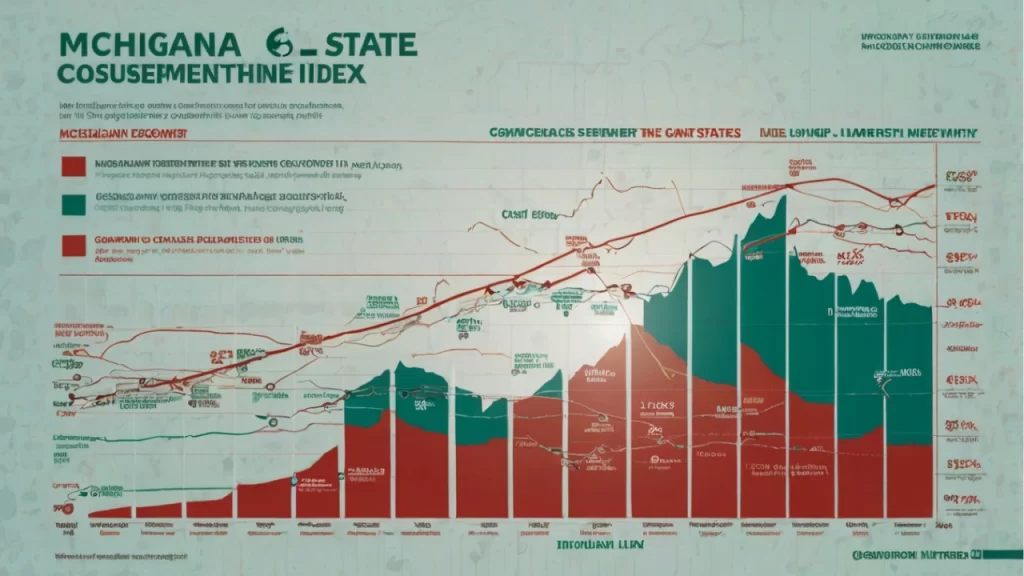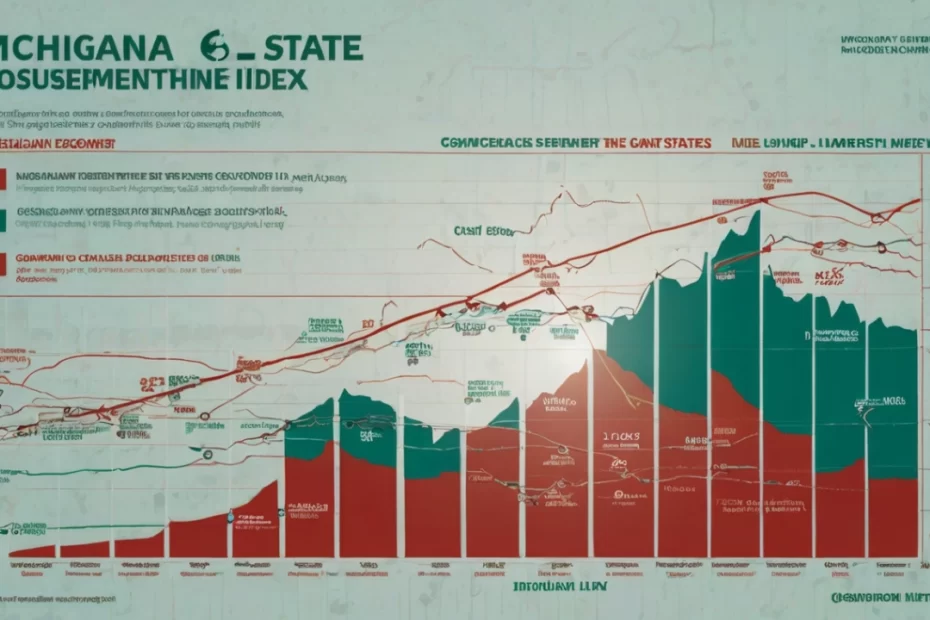The Michigan Consumer Sentiment Index is a key indicator of consumer optimism and spending habits, reflecting the overall economic climate in the United States. Tracking how consumers feel about their financial situation and the economy can provide valuable insights for businesses and policymakers alike. Understanding this index allows me to gauge potential shifts in consumer behavior that may impact various sectors.
As I explore the components and implications of this index, I find it fascinating how it serves as a barometer for economic trends. The index is derived from surveys that ask respondents about their current and future financial conditions, revealing trends that can predict spending patterns. These insights help me and others navigate decision-making in both personal finances and business strategies.
In recent years, fluctuations in the Michigan Consumer Sentiment Index have highlighted changing consumer priorities and responses to economic challenges. By analyzing these trends, I can better understand the driving forces behind consumer confidence and how it might influence market dynamics moving forward.
Origins and Development of the Michigan Consumer Sentiment Index
The Michigan Consumer Sentiment Index has its roots in the need to measure consumer attitudes, which are vital for understanding economic conditions. Developed by the University of Michigan, this index has evolved over time to become a key economic indicator.
Historical Context

The Michigan Consumer Sentiment Index originated in the late 1940s. Dr. George Katona, a psychologist and economist at the University of Michigan, pioneered its development. His work was motivated by the desire to understand consumer behavior’s impact on the economy, especially after World War II.
Initially, the index focused on consumer sentiment related to spending and saving. The early methodology involved telephone surveys with a small sample size. Over the years, the index gained prominence, influencing economic policy and business strategies.
Methodology Evolution
The methodology of the Michigan Consumer Sentiment Index has undergone significant changes. Initially, the surveys were conducted on a monthly basis using a limited group of respondents. Today, the sample is much larger and diverse, enhancing the accuracy of the results.
The questions have also evolved to capture a wider range of factors influencing consumer sentiment. For instance, topics now include personal finances, buying conditions, and expectations for the future. The use of advanced statistical techniques has improved the reliability of the index, making it a trusted resource for economists and policymakers.
Interpreting the Michigan Consumer Sentiment Index
The Michigan Consumer Sentiment Index, developed by the University of Michigan, provides insights into consumer attitudes and expectations. I focus on the key components that comprise the index and how periodic trends and adjustments impact its interpretation.
Components and Calculation
The Michigan Consumer Sentiment Index is based on five core components. These include personal financial situations, business conditions, and economic prospects. Respondents are asked to evaluate both current and future conditions, allowing me to gauge their sentiment with a snapshot of economic expectations.
The index is calculated through surveys conducted with a representative sample of U.S. households. The raw data involves respondents rating their level of confidence on a scale, which I can aggregate to create an overall index score. This score typically ranges from 50 to 150, reflecting varying degrees of optimism or pessimism among consumers.
Periodic Trends and Seasonal Adjustments
When interpreting the Michigan Consumer Sentiment Index, it’s essential to recognize periodic trends. I pay attention to how consumer sentiment can shift with economic events, policies, and seasonal factors. These trends reveal cyclical behavior, allowing me to understand consumer confidence over time.
Seasonal adjustments are crucial for accurate interpretation. They account for variations caused by factors like holidays or seasonal employment. By analyzing the adjusted data, I can better assess underlying trends, ensuring that temporary fluctuations do not skew my understanding of consumer sentiment’s true direction.
Implications of the Index
The Michigan Consumer Sentiment Index serves as a critical barometer of economic health. Its implications touch various aspects of market dynamics and inform policy-making and business strategies, providing valuable insights for stakeholders.
Impact on Markets and Economy
The Michigan Consumer Sentiment Index directly influences market behavior. A higher index often signals increased consumer spending, which can lead to economic growth. Investors look to this index when making decisions about stocks, bonds, and commodities.
For example, when the index shows rising confidence, it can lead to bullish trends in the stock market. With consumers feeling secure, businesses tend to invest more in expansion, hiring, and innovation. Conversely, a lower index can indicate economic slowdown, prompting caution among investors.
Policy Making and Business Strategies
Policymakers utilize the Michigan Consumer Sentiment Index to shape fiscal and monetary strategies. A declining index may prompt central banks to adjust interest rates to stimulate spending. Understanding consumer sentiment helps in predicting economic trends and consumer behavior.
Businesses also rely on this index for strategic planning. A positive sentiment can lead to increased marketing efforts and product launches. Conversely, low confidence may lead businesses to scale back operations or adjust pricing strategies. Regular analysis of the index allows businesses to stay agile and responsive to changing market conditions.
